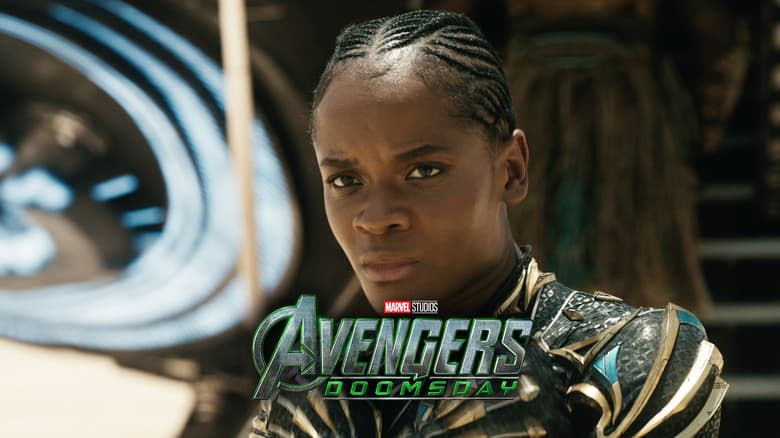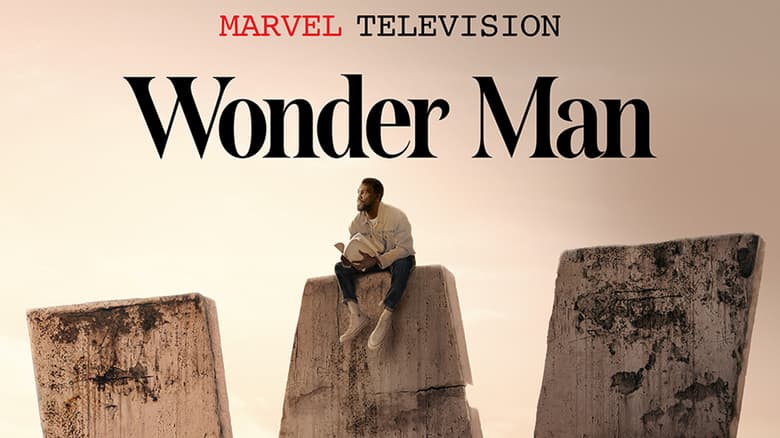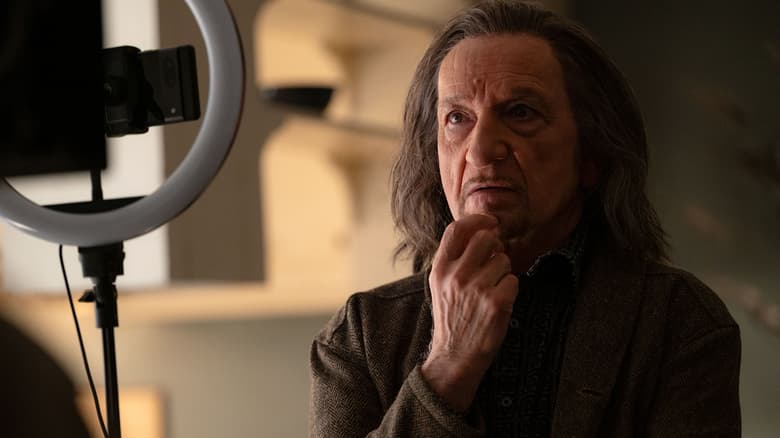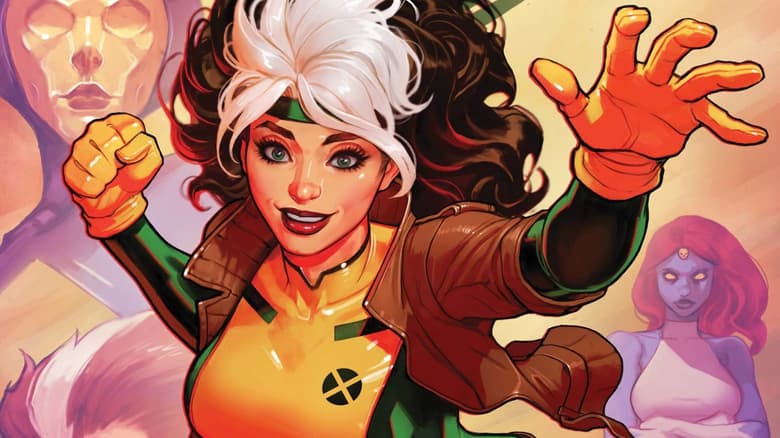‘Marvel: Creating the Cinematic Universe’ at QAGOMA in Australia
Museum curator Amanda Slack-Smith lays out the new MCU exhibition!

On May 27, ’Marvel: Creating the Cinematic Universe,’ the epic new museum exhibition, opened at the Queensland Art Gallery and Gallery of Modern Art in Queensland, Australia! And over 6,000 visitors lined out the door to experience the exhibition in the opening weekend alone!
A journey through the Marvel Cinematic Universe – from “Iron Man” to “Thor: Ragnarok” – the collection chronicles the entire filmmaking process, showcasing rare comic books and early concept art to screen-used props and wardrobe. ’Marvel: Creating the Cinematic Universe’ is a look at the craft and care in every line drawn, seam stitched, and shot filmed that’s sure to fascinate Marvel fans and art lovers alike.
We spoke with Amanda Slack-Smith, Curator of ‘Marvel: Creating the Cinematic Universe,’ about the thousands of pieces on display now at QAGOMA.
Marvel.com: How did this exhibition come to QAGOMA? Where did it all start?
Amanda Slack-Smith: Our state’s film industry body, Screen Queensland, were in negotiations with Marvel to shoot “Thor: Ragnarok” here in Queensland, and they suggested that Queensland also has an art museum that’s uniquely suited to film-related projects. QAGOMA is the only facility in Australia to specialise in the presentation of film as an art medium within an art museum environment, setting it in a small group of international market leaders, alongside the Centre Pompidou (Paris), Museum of Modern Art (New York) and Tate Modern (London).
The idea grew from this initial meeting, and it firmed up once we were able to meet the Marvel teams in Los Angeles and visit a number of their storage facilities to see the incredible props and costumes available. The filming of “Thor: Ragnarok” at the Gold Coast, very near the Gallery, was also important particularly when we were able to visit the sets and speak with some of the creative people working there, such as Brad Winderbaum (Executive Producer) and Dan Hennah (Production Designer) and were really able to connect with their passion for filmmaking and the franchise. Dave Bushore, Vice President, Franchise Creative and Marketing, from Marvel Studios also visited during this time and was enthusiastic about the idea of showing these objects and artworks within a museum framework.
Marvel.com: After the decision is made to take on such a major multimedia showing, what happens next? What’s your process for choosing the items to display?
Amanda Slack-Smith: We were in discussions with the Marvel team from the beginning about what was available from their extensive archives—and it was a lot—and then thinking about how we could present it in an art museum context. What were the thematic ideas we could draw from the films and what stories could we tell about the technical elements of filmmaking that would really make sense in an exhibition like this?
The Marvel teams were fantastic and really open to how we were wanted to tell these stories. They were supportive to our requests to the point that 50% of elements in the exhibition have never been seen outside of the set or archives. Nearly everything in the exhibition has come from Marvel with the exception of a few pieces from private collectors—such as the first issues of comics from the 1960s, which depict the debut appearances of all the MCU characters in the exhibition—and to be able to show authentic set-worn props and costumes alongside working drawings and artworks really set the tone to for the exhibition experience.
Marvel.com: As opposed to presenting a piece of artwork that has a self-contained process and construction, this exhibition illustrates the development of a film across disciplines and media—from comic book, to storyboard, to production design, to costuming, to film. How did you tell that story with this show? What was your vision for the layout and presentation of these pieces?
Amanda Slack-Smith: The exhibition is divided into three thematic strands, each allocated to a Gallery space. “The Cinematic Assembled” is very much the in-universe look at the characters and teams, breaking down the demarcations between individual films to explore the larger narrative arcs at play. It begins with a nod to Marvel’s comic book roots, with original appearances of MCU characters, as well as contemporary comic book narratives that have inspired the films.
This is followed by a focus on the Avengers, looking at the group coming together and pulling apart on ideological grounds as seen in “Marvel’s The Avengers,” “Avengers Age of Ultron,” “Captain America: The Winter Soldier” and “Captain America: Civil War.”
Next is Captain America, a space featuring elements from “Captain America: The First Avenger” and “Captain America: The Winter Soldier,” with a particular nod to the feel of the Smithsonian exhibition seen in the latter film. It’s followed by our “Alternate dimension” space, which brings together the film featuring human characters that venture into other worlds through the quantum realm (“Ant-Man”), astral projection and mirror dimensions (“Doctor Strange”) and the intergalactic (“Guardians of the Galaxy”). This area wouldn’t be complete without The Collector and the five infinity stones which underpin the universe. The last space in this strand is the Asgardian throne room which features the amazing set pieces from “Thor: Ragnarok,” including the throne, columns, murals and floor tiles directly from the set as well as elements from “Thor” and “Thor: The Dark World.”
“Decoding the Universe,” in our second Gallery, starts to deconstruct things a bit more, with a deep dive into the character of Iron Man and Tony Stark’s evolution across “Iron Man,” “Iron Man 2” and “Iron Man 3,” as well as an opportunity to explore all of the character across the films through comic books and interactive experiences.
Finally, “Behind the scenes” breaks down some of the filmmaking process with a closer look at storyboarding, animatics, previsualisation, keyframe artwork, costumes and props, make-up and prosthetics, post-production techniques such as computer generated imagery (CGI) and some awesome interactives. This space is a celebration of the artists, artisans and creative people working to bring these ideas together, under the guidance of the film makers, producers and production designers, to create the seamless films we enjoy in the cinema.
Naturally, we are also screening a retrospective of all of the films, from “Iron Man” to “Spider-Man: Homecoming” in the cinema during the exhibition.
Marvel.com: As a museum curator, you might see these items differently than even the biggest Marvel fan does. What stands out to you about these individual works?
Amanda Slack-Smith: I think fans and I are looking for the same thing, to find transformative and meaningful experiences told through creativity and passion. All of the works in the exhibition are a celebration of this, evident in the care and craftsmanship shown by the many artists involved from comic books to feature films.
A comic book highlight would have to be the original first page of Amazing Fantasy #15 featuring the first appearance of Spider-Man in 1962 drawn by Steve Ditko on loan from the Library of Congress in Washington. It’s a cultural treasure and a really important component of Marvel’s history. The throne room of Asgard, as drawn from the set of “Thor: Ragnarok,” is a definite highlight as its grandeur and scale allows visitors to experience what it might feel like to be on a film set. I think everyone seems to stand a little straighter and walk more purposefully when in the space!
Marvel.com: What are the differences between viewing these items up close in a museum versus viewing them on screen?
Amanda Slack-Smith: You get to see incredible detail! The costumes and props are so painstakingly crafted, but on screen they are a whirl of colour and movement. To be able to take the time to appreciate the leathery skin texture of the Thanos bust or the intricate use of materials in the costumes of Doctor Strange are experiences that are rare and fascinating. The attention to detail is something to behold and a testament to the craftsmanship and care taken in all aspects of their creation.
Marvel.com: What do you want visitors to take away from this experience?
Amanda Slack-Smith: The world of filmmaking is rich and complex, hopefully we’ve been able to not only let visitors experience the joy of seeing the physical elements they’ve loved seeing on screen in-person, but also pulled aside the curtain enough for them to see how these seamless cinematic experiences are created by the passionate and creative people involved.
“Marvel: Creating the Cinematic Universe” is open through September at QAGOMA in Queensland, Australia!
The Daily Bugle
Can’t-miss news and updates from across the Marvel Universe!




